Harry Hill
Content Writer (I’m Harry, the CTO of OperaVPS and a Senior Linux System Administrator with a strong background in systems engineering, DevOps, and cloud infrastructure. Since 2020, I’ve been sharing advanced insights on topics like virtualization technologies, Linux performance tuning, and secure server deployment. My focus is on delivering in-depth content for developers and professionals who want scalable, reliable, and efficient solutions.

How to Install Notepad++ on Linux VPS?
Notepad++, a free open-source code editor loved for its speed and features, can surprisingly be used on Linux! This lets you code with the familiar Notepad++ interface and features like syntax highlighting for different languages, making your development process smoother. There are two main ways to install Notepad++ on Linux VPS: Snap and Wine. Snap […]
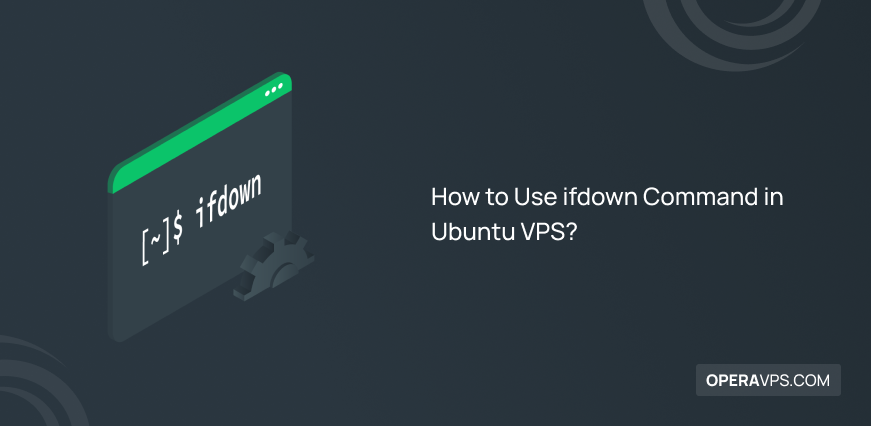
How to Use ifdown Command in Ubuntu VPS?
The ifdown command in Ubuntu VPS is used to disable a network interface. It effectively takes the specified interface down or offline, preventing it from handling any network traffic. This command is typically paired with the ifup command, which serves to activate or reactivate a network interface. The main syntax of the ifdown command in Ubuntu […]
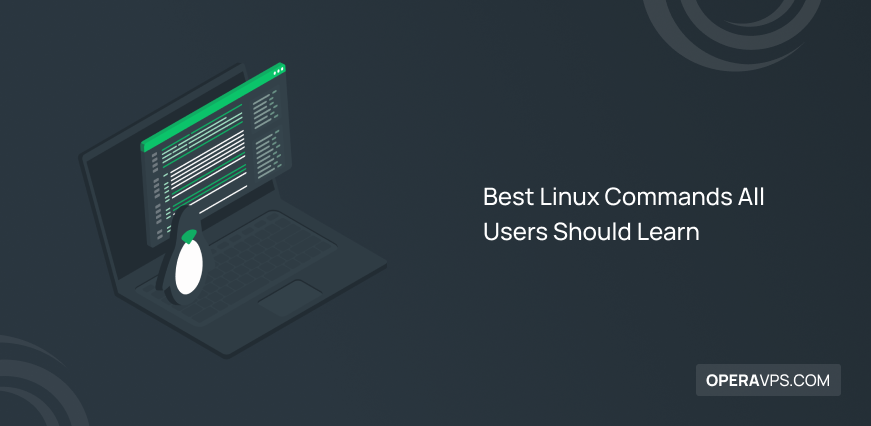
25 Best Linux Commands All Users Should Learn
Linux by providing a Command-Line Interface (CLI), allows users to interact with the Linux system more efficiently through running commands. Learning the basic Linux commands is essential for more effective interaction with the Linux system and managing and performing a wide range of tasks more efficiently and quickly. Top 25 essential Linux command you must […]

How To Create A Website With RunCloud?
RunCloud is designed for PHP web applications and is a modern web server panel; without confusing command lines, you can manage your Website and is an excellent file manager and cloud editor.

What is bashrc in Linux?
The hidden .bashrc configuration file in Linux is your personal shell concierge. It runs commands when you open a terminal, letting you be creative and set aliases for shortcuts, define functions to automate tasks and customize your prompt for a more efficient and personalized command line experience. This Bash shell initializes an interactive shell session […]

Best Linux VPS Providers Top 10 of 2025 [Comparison]
Nowadays, people struggle to find the Best Linux VPS provider with affordable prices, an on-time and technical support team, no hidden fees, global locations, various payment methods, and hassle-free. Based on the customer reviews, I found that today, people are looking for decent and round-the-clock support from the Linux provider the most. So, we suggest […]
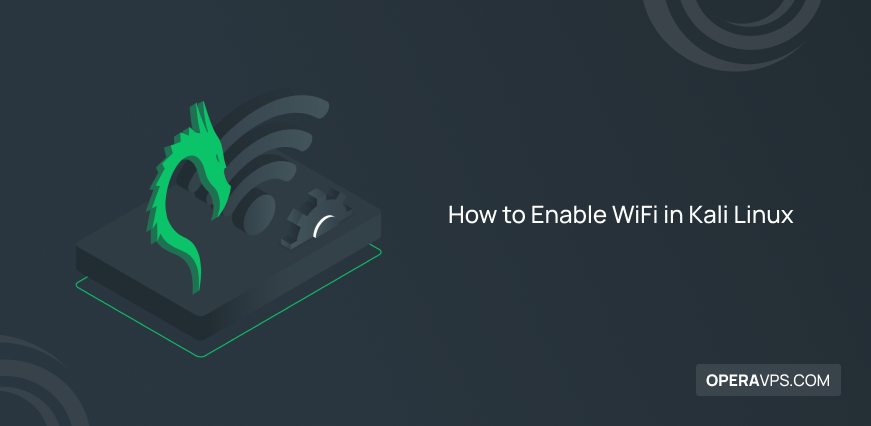
How to Enable WiFi in Kali Linux
There are two ways to enable WiFi in Kali Linux. You can either use the Graphical User Interface (GUI) or use the terminal on Kali to enable WiFi. Enabling WiFi in Kali is easier if you go with the GUI solution. You can enable WiFi in famous Linux GUI like KDE, GNOME, and Xfce. And […]
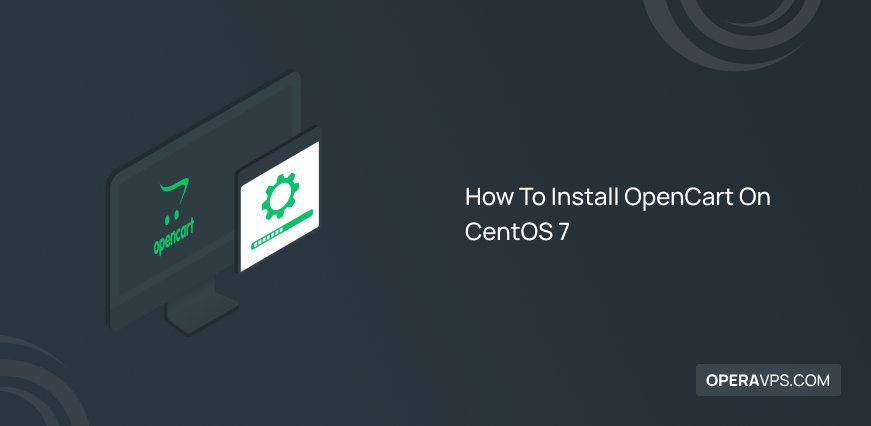
How To Install OpenCart On CentOS 7
Open cart is one of the best online store building systems (E-commerce CMS) available as open-source and free. Using an Onlineshop, you can create your own store, add products to sell products through global online payment gateways, review products, and carefully study users’ sales and behavior. Then check it with the help of data and […]
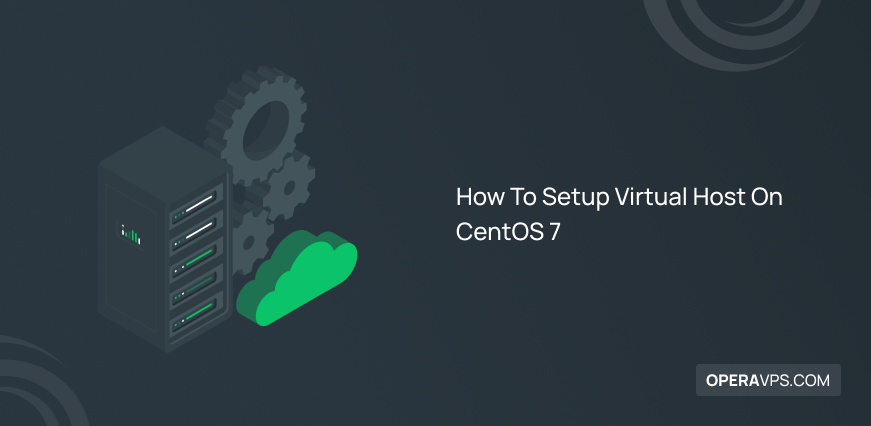
How To Setup Virtual Host On CentOS 7
In this post, we will be with you to see how we can setup Virtual Host On CentOS 7; Virtual Host is a common term in Apache; You have several websites that you want to activate on one server, and in addition to saving on server purchases per site, save time and not have to […]
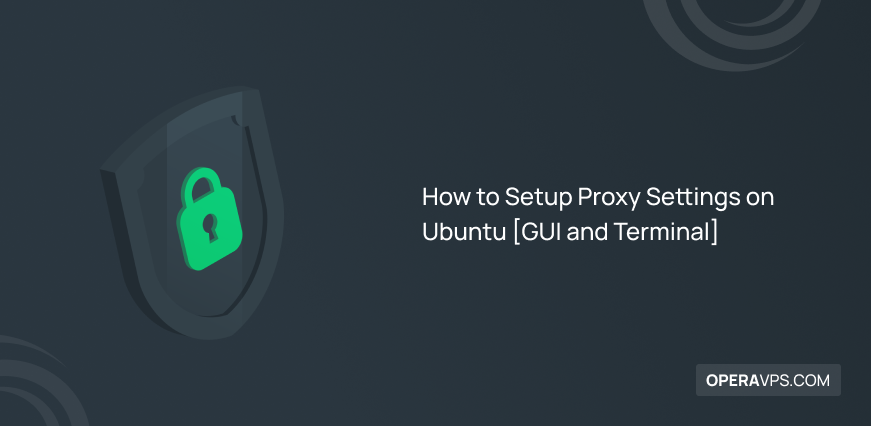
How to Setup Proxy Settings on Ubuntu
Setup proxy on ubuntu is an intermediate for connecting to internet and provides privacy, anonymous browsing and network security. Also you can access restricted content and bypass geographically restrictions. To setup proxy settings in ubuntu by GUI, you can open ubuntu settings and enter proxy information. Also you can set proxy in linux ubuntu permanently […]
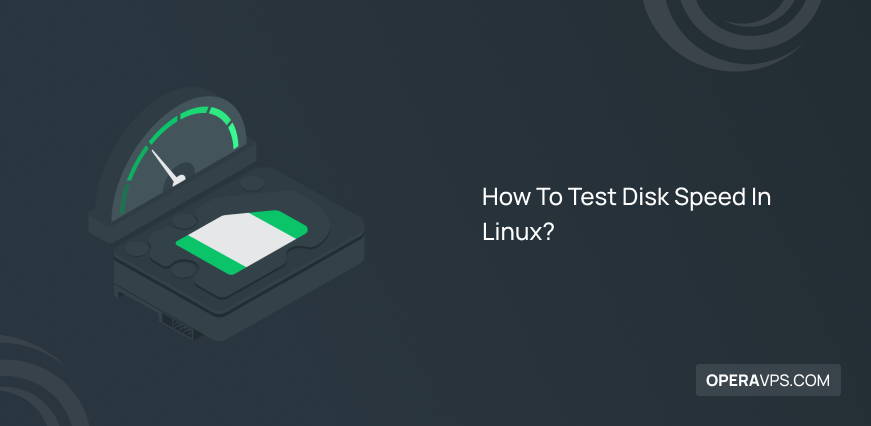
How To Test Disk Speed In Linux?
After purchasing the Linux VPS service, you may want to test disk speed in Linux differently distributions. There are different types of disks such as hard disk, SSD, SSD NVMA, M2, and SES. Each of the mentioned disks has different technologies and naturally different speeds. In OperaVPS, we use SSD storage on our servers to […]

2 Methods to Fix sudo: command not found Error in Linux
sudo command not found error means sudo package is not installed or PATH variable does not include sudo’s directory. To fix this bash error, you can install sudo in linux using apt install sudo command (apt package manager for Debian-based distributions).
